Belt and Braces: Volvo Reinvents Seatbelt Safety with a Smarter, More Adaptive Design
The Swedish automaker’s next-generation seatbelt adjusts automatically to the severity and dynamics of a collision.
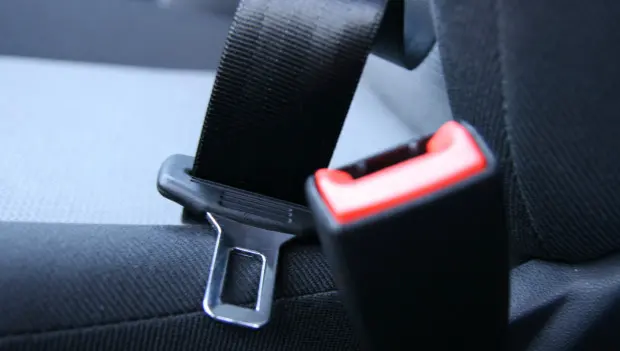
As the auto industry races toward advanced driver assistance systems (ADAS) and self-driving technology, one might assume there’s little room left to innovate when it comes to traditional safety features. Volvo begs to differ.
Next year, the brand will introduce its new-generation intelligent safety belt in the EX60, marking a major step forward more than six decades after Volvo invented the three-point seatbelt—and famously made the patent open to all car manufacturers.
This latest version is described as the world’s first multi-adaptive safety belt, offering superior protection compared to current systems. It continuously adjusts using real-time data from both interior and exterior sensors, reacting to driving conditions and the physical characteristics of the occupant.
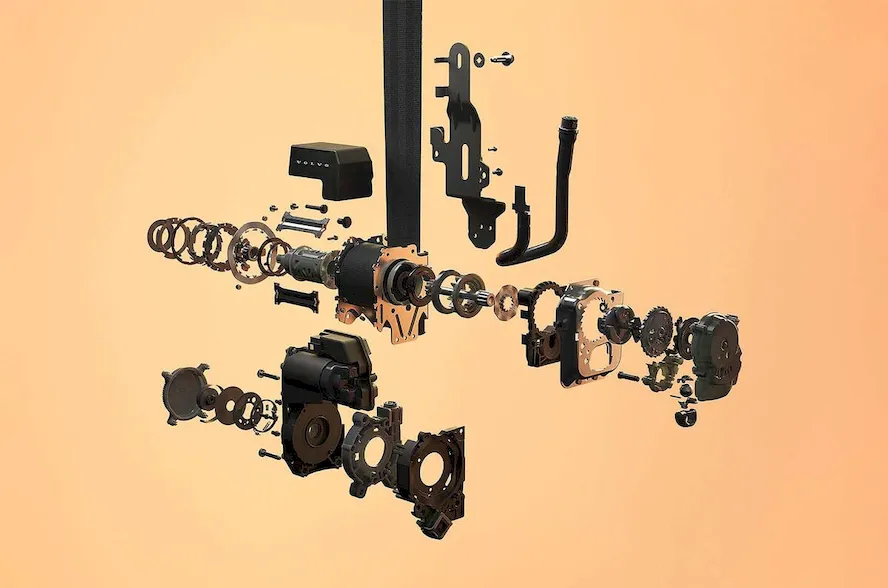
The system considers a person’s height, weight, body shape, and seating position. Heavier occupants are restrained with a higher belt load setting, while lighter ones experience reduced tension to minimize the risk of rib injuries.
Instead of the usual three load-limiting profiles, Volvo’s new belt features 11 different force levels, allowing for precise control over how much restraint is applied during an impact. Since no two crashes are identical — each varies by speed, direction, and passenger posture — the belt system analyzes these factors within milliseconds and selects the most appropriate configuration.
The design builds on over 50 years of safety research and a database containing real-world accident data from more than 80,000 occupants. As with other modern Volvo systems, it can receive over-the-air updates, enabling continuous refinement as new information becomes available.
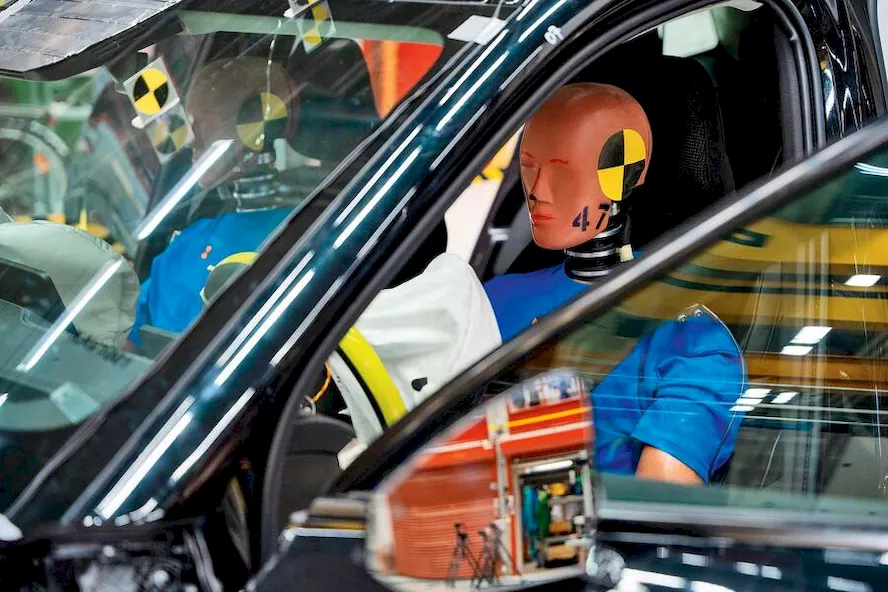
This innovative belt is part of Volvo’s broader “safety ecosystem,” seamlessly integrated with airbags, occupant detection, and driver-assist technologies. Tested extensively at the Volvo Cars Safety Centre, it reportedly exceeds global safety standards.
The original three-point belt was developed by Volvo’s first safety engineer, Nils Bohlin, who previously designed safety harnesses for Saab aircraft pilots. Before his invention, Volvo used two-point diagonal belts — a system later deemed inadequate.
Earlier U.S. patents from the 1950s described similar concepts for aircraft, but those designs had a flaw: a buckle positioned over the abdomen, which could cause severe internal injuries in a crash. Bohlin solved this by moving the buckle to the side and securing the belt across the torso — a simple yet revolutionary idea.
And the rest, as they say, is history. What began as a groundbreaking invention in 1959 continues to evolve — proving that even the most established safety feature can still be reimagined.
Read the original article on Auto30.You may also be interested in the news:

How American Car Designers Ended Up Building Wood-Sided Cars — and Why the Style Stayed Trendy for So Long
Automotive trends can be just as fickle as the fashion world.
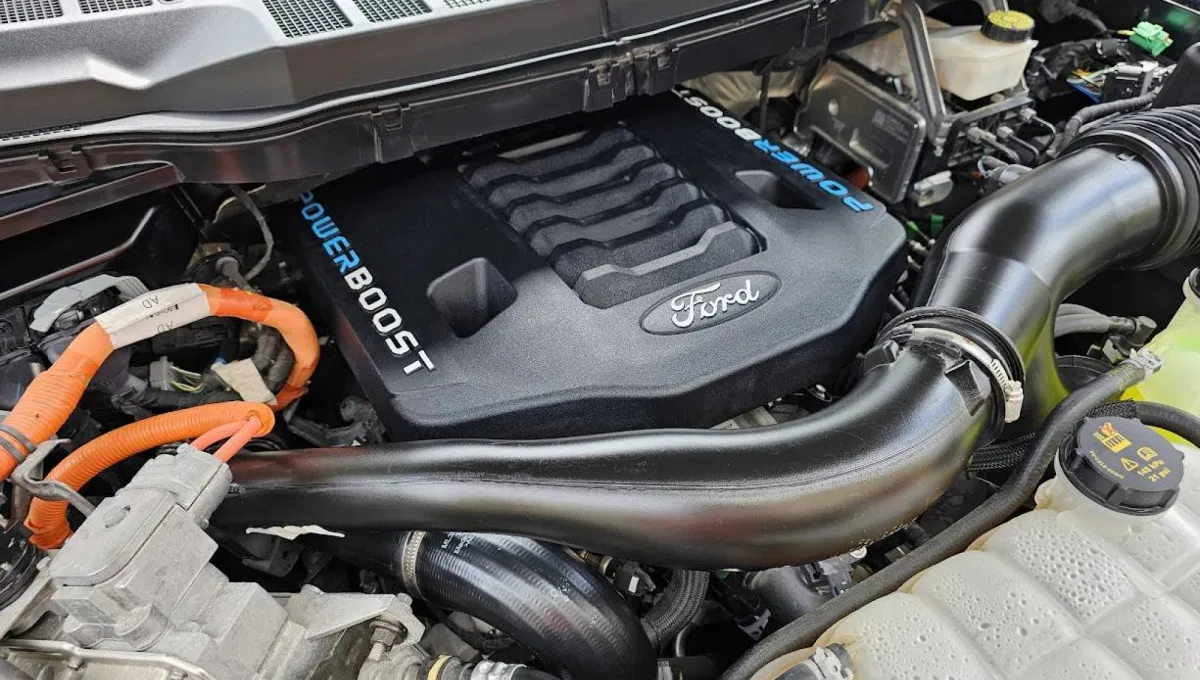
Why Modern Engines Hide Under Plastic — and What That Cover Really Does
Plastic engine covers: practical protection or just extra clutter? What every driver should know.
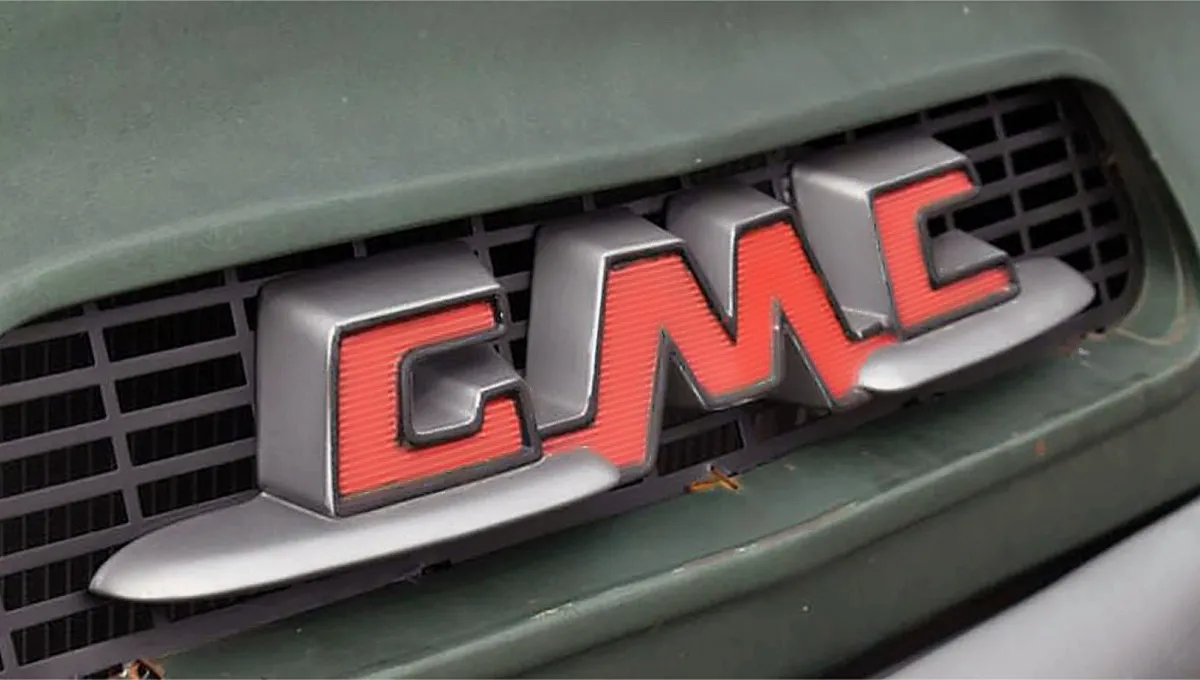
GM Built a One-of-a-Kind V12 in the ’60s That Weighed More Than a Classic Mini Cooper: Facts About a Retro Engine
A giant truck engine: why the V12 Twin Six became a legend — and the surprising facts behind it
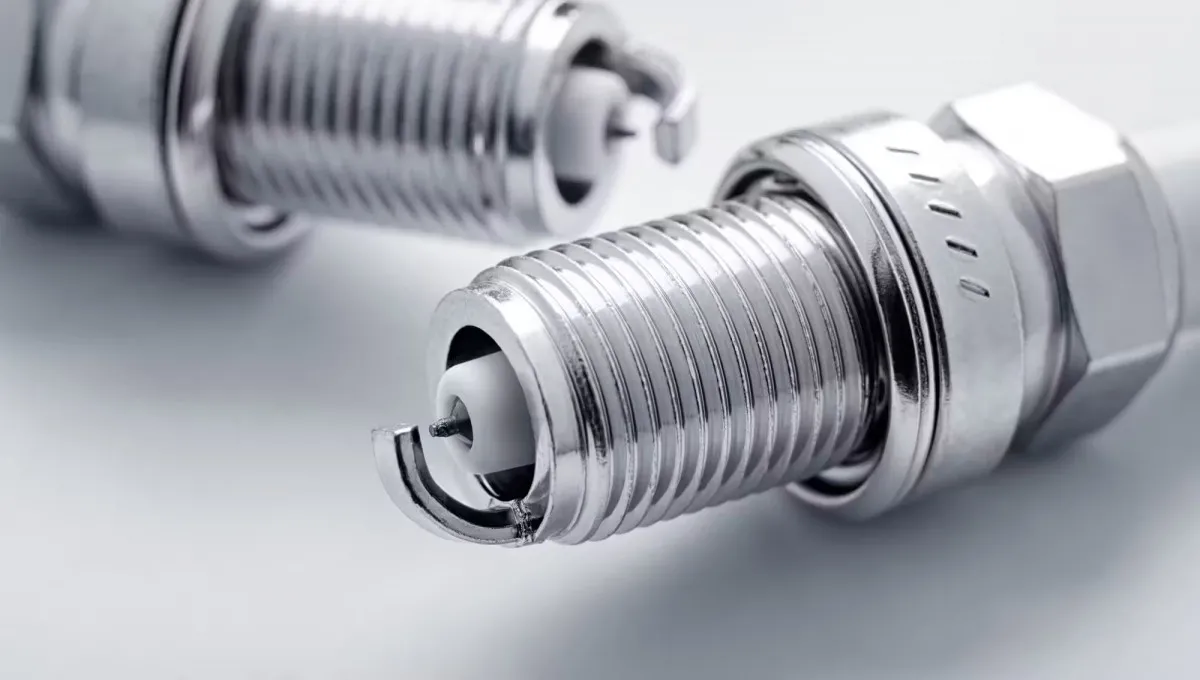
Iridium vs. Platinum Spark Plugs: What Sets Them Apart in Today’s Cars
Iridium or platinum? The choice isn’t as obvious as it seems — and a few unexpected details can help you pick the right plugs for your engine.
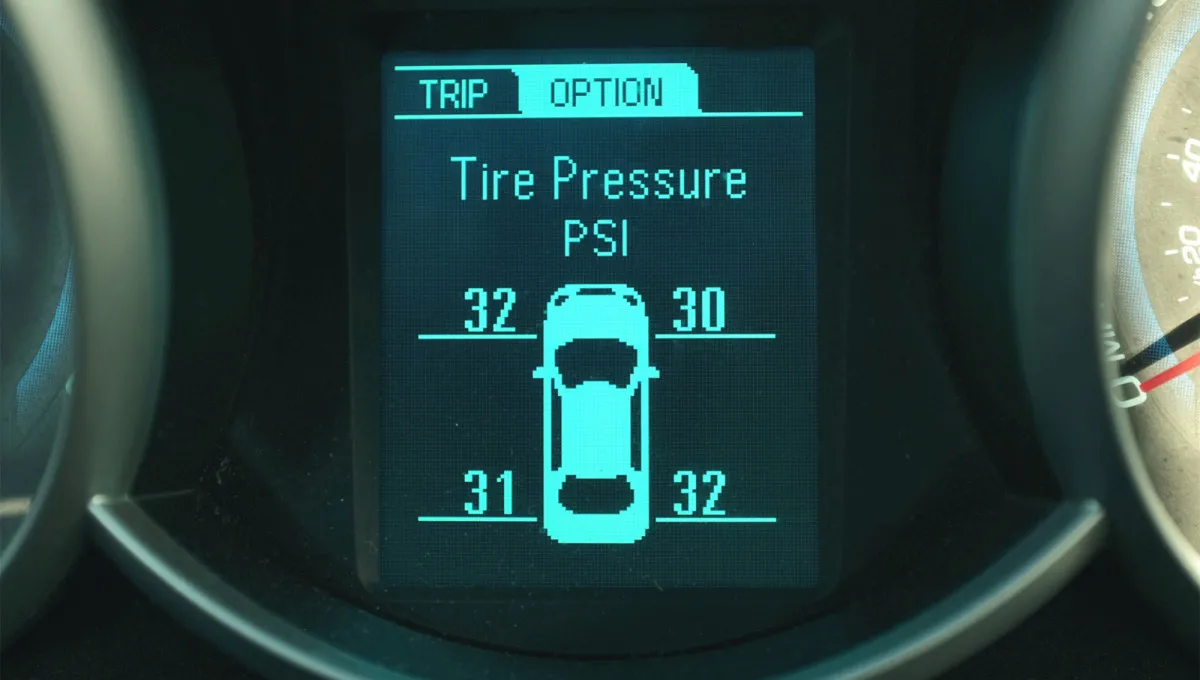
How to Reset a Tire Pressure Warning Yourself: A Few Simple Methods
Helpful tips for drivers — several easy ways to reset a tire-pressure sensor warning.